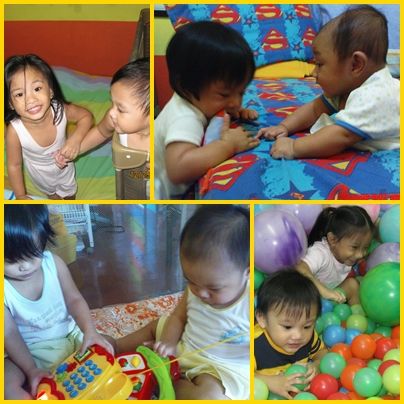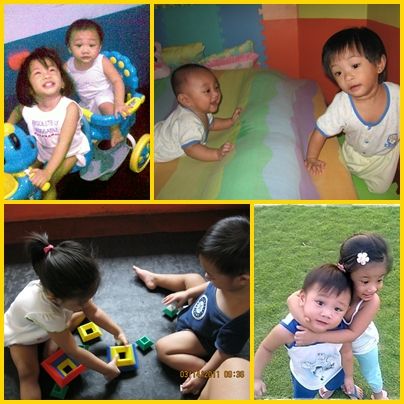When we hear of the word “play”, we often associate it with engaging games of tag, sports activities, or physical exploration of environments. Physical play, though, is just one of many types of play that children engage in. There’s Constructive Play where kids learn to create things using blocks, clay, and other manipulatives. Competitive Play where they pit their skills with others and learn how to be true sportsmen. Then there’s also Pretend Play.
In Pretend Play, kids assign roles and act them out. They pretend to be someone, or even something, else. As their imaginations come to life, kids develop a myriad of skills. They become creative, insightful, and well-rounded individuals.
Skills Learned Through Pretend Play
During Pretend Play, kids learn how the world works and how adults interact. Their gross and fine motor skills are also developed. Aside from these, here are three more skills kids learn and develop through pretend play:
Language Skills. Pretend Play encourages expressive language. When playing with others, kids learn that words give them the power to re-enact stories or create entirely out-of-this-world ones. Oftentimes, they use the words they hear from the ones closest to them so don’t be surprised to hear your own words (might be even in a perfectly good impersonation of you!) during their play.
Thinking Skills. There’s really more to Pretend Play than “just playing pretend”. Kids learn to solve problems, organize and plan activities, retell familiar stories, and apply gained knowledge. Their imagination, which is an important building block for learning, is greatly enriched.
Social-Emotional Skills. While creating their make-believe scenario, kids learn to cooperate and to negotiate in their role playing. They learn to take turns and share. Sometimes, they also learn how to deal with disappointment. While they pretend to be someone else, they also develop a sense of self and individuality. As they discover themselves and their capabilities, their self-esteem then increases allowing them to confidently interact with others.
How To Nurture Their Imagination
Allow Them To Create Their Own Scenario. The best stories unfold when children are given a freehand on who they want to be and where they want the stories set. It’s perfectly fine to be Batman riding a horse with Sheriff Callie while exploring a new red moon in outer space. Their pretend world is as vast as their imagination, give them complete control over it and watch them develop story lines a thousand times more interesting than your favorite stories. Letting them use the backyard as a setting can help them to develop exploratory skills as well as giving them new inspiration for their imaginations. Chammy IRL explains how to make sure your backyard is safe so that you can give them free reign of this new, exciting environment.
Provide Props and Costumes. Dress up costumes from Smiffys would be wonderful but even old clothes would do. Kitchen sets, Doctor kits, Shop stands, and other toys help make pretend play more realistic. You don’t have to spend an arm and a leg in props though. Even ordinary household items can be used in Pretend Play. In our home, a blanket becomes a tent, the stairs a mountain to climb, our chairs obstacles in a grand adventure. Empty boxes turn into airplanes, or boats, or cars, or rockets, or whatever else is needed for the kids’ imaginary kingdom.
Play With Them. Playing with your kids is a two-way learning process. From you, they learn how to communicate, interact, and rationalize. You, on the other hand, can learn to understand your kids more. You can even discover a few things about yourself too as kids are wont to mirror their parents’ behavior. So, next time your kids run to you asking you to be the High Queen in their kingdom, stop for awhile and play with them. Just a few minutes of your time is forever for them. Know that “play” for them is not just play – it’s a learning process.


Thanks for sharing about these free printables.
I have been a musician for years, and this is the best article I have ever read on learning to…
Great info! Whenever I have a clogged sink or drain, I call my local pluber for drain cleaning services in…
No matter what treatment you use, your gums are more likely to be sensitive to the chemicals used to whiten…
Hi Olga nice to meet you. Like you I’ also longing for my daughter who is already an angel in…